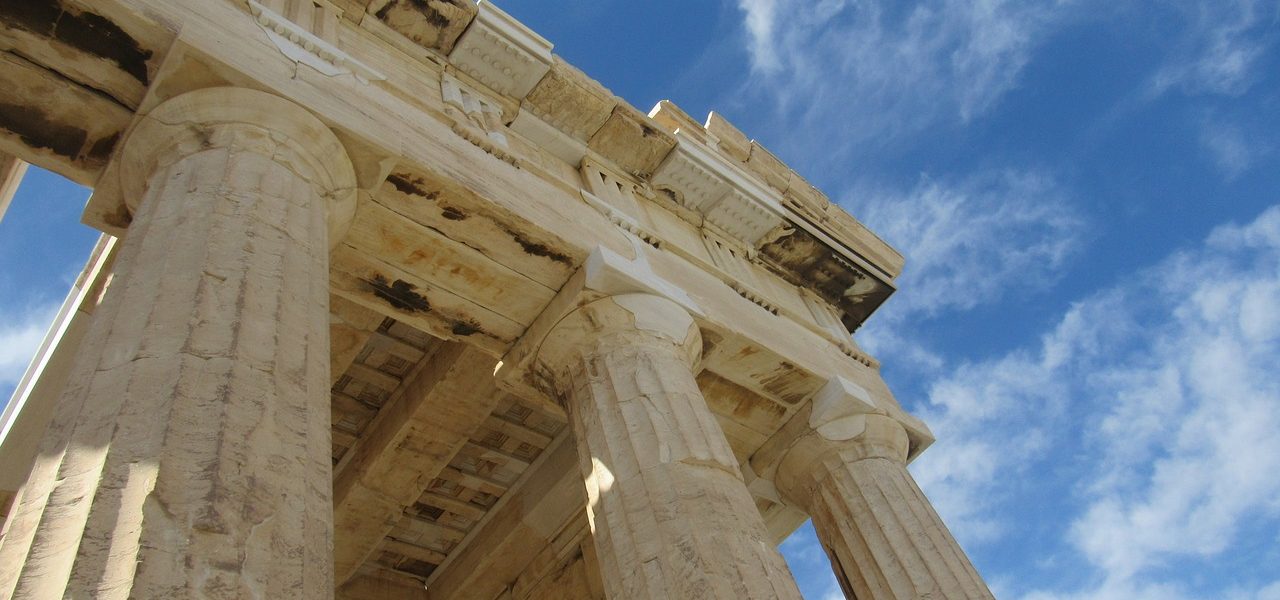Home › Forums › Early America › The Aztec Empire contrasted with small North American tribes
- This topic has 2 voices and 3 replies.
-
AuthorPosts
-
 PhidippidesKeymaster
PhidippidesKeymasterHere’s an interesting phenomena. The Aztec Empire prospered and had some rule over 10 to 15 million people in Mesoamerica; the city of Tenochtitlan alone had a population which may have approached 130,000.
Yet farther north, in the present-day United States, many smaller American Indian tribes existed in communities, I believe none of which rivaled the Aztec Empire in size or might.
Why the disparity? Was it due solely to geographic circumstances, or were there philosophical/cultural reasons involved?
Bushwick
ParticipantThe Ojibwe were the largest and most powerful Great Lakes tribe; perhaps the most powerful east of the Mississippi; and quite possibly the most powerful in North America. The Lakota (Sioux) and Apache have gotten better press, but it was the Ojibwe who defeated the Iroquois and forced the Sioux to leave Minnesota. Very few Americans realize that the Ojibwe were a major power. Their location was well north of the main flow of settlement, and their victories over native enemies have never received proper credit. A variety of names (Ojibwe, Chippewa, Bungee, Mississauga, and Saulteaux) and division of their population between Canada and United States has masked their true size. In addition, the Ojibwe never fought with Americans after 1815. Even before this, their participation in wars between Britain and France or fighting Americans in the Ohio Valley was fairly limited. Considering the prowess of Ojibwe warriors, this was probably just as well for the Americans. However, this does not mean they have been ignored by government. As the Chippewa, they signed more treaties with the United States than any other tribe ? fifty-one! North of the border, the Ojibwe have “touched the pen” more than thirty times with the French, British, and Canadians.
 PhidippidesKeymaster
PhidippidesKeymasterThat is interesting. I did not know the Ojibwe were so powerful or large. I would have thought that a tribe like the Sioux, Apache, or Cherokee would have been larger. One thing to note is the absence of large-scale, permanent architecture by these tribes compared to the tribes in Mesoamerica or the American Southwest. Actually, there were some large earthworks but nothing involving masonry. In the Southwest, I believe at Chaco Canyon, there is some pretty impressive masonry going on from an architectural perspective.
Bushwick
ParticipantOjibwe, Ottowa, Chippewa etc. are decendents of the Hopewell People Who were People of the Hopewell* Culture? Between 2,200 and 1,500 years ago the Hopewell Cultural Expression flourished in the Eastern half of the North America continent, becoming one of the most influential cultures ever to exist in North American prehistory. Centered in what is now southern Ohio, they were epic travelers and consummate artists. Living in what is speculated to have been a singularly peaceful environment, they intentionally gathered materials for their crafts from far-flung places, apparently making epic journeys to the Great Lakes for copper, Florida for shells, the Carolinas for mica, and Yellowstone for obsidian. The Hopewell Culture?s great ceremony centers at the present Ohio cities of Newark, Chillicothe, and Portsmouth once served as what could be perceived metaphorically as the Rome of their religious influence, the Alexandria of their relics and art. So stunning were their ornaments and religious relicts that their sacred art has cross-cultural impact, even today. Using the earth as a sacred canvas. The Hopewell Culture is best known for its sacred enclosures which were created by building earthen walls up to 12 feet high, which they used to outline immense symmetrical shapes, commonly squares, circles and octagons on the surface of the earth. The large enclosures often contained areas 40 -120 acres in size, which served as ceremonial, religious and burial grounds for Hopewell communities. Enclosures also often included earthen mounds, both within and outside the earthen walls, some of them containing burials with an astonishing wealth of grave art — hence the common name of “mound builders.” Despite the Hopewell Culture?s occupation as primarily hunters and gatherers and their relatively low population density, Hopewell Culture earthworks are recognized as being among the largest prehistoric earthworks in the world.
Bushwick
ParticipantThe Aztec should of used their masonry to fortify.
-
AuthorPosts


